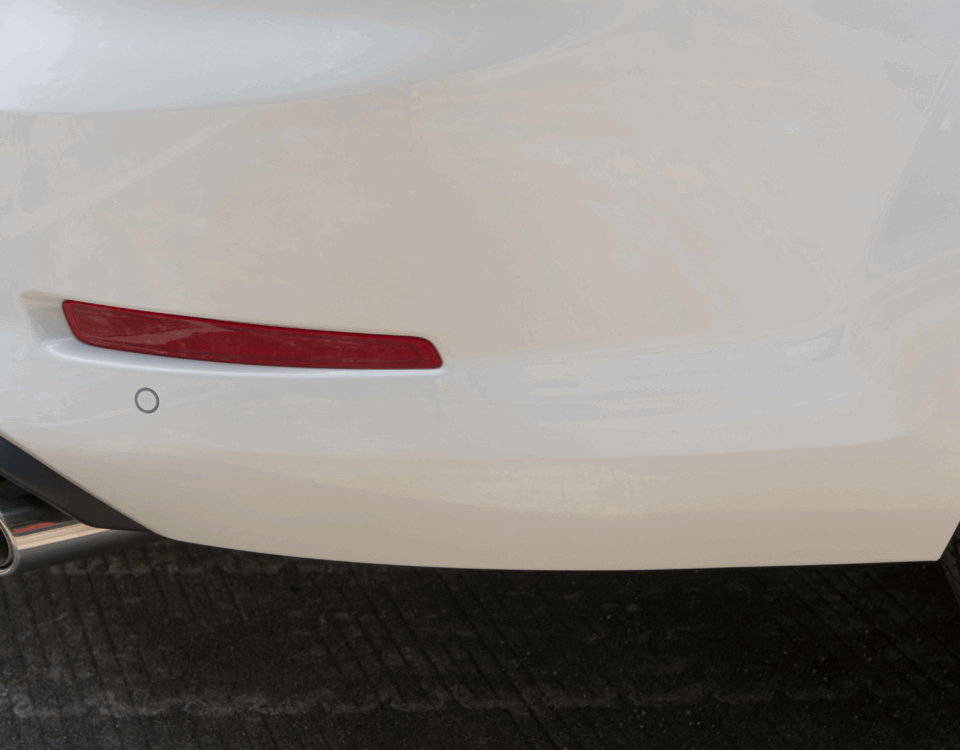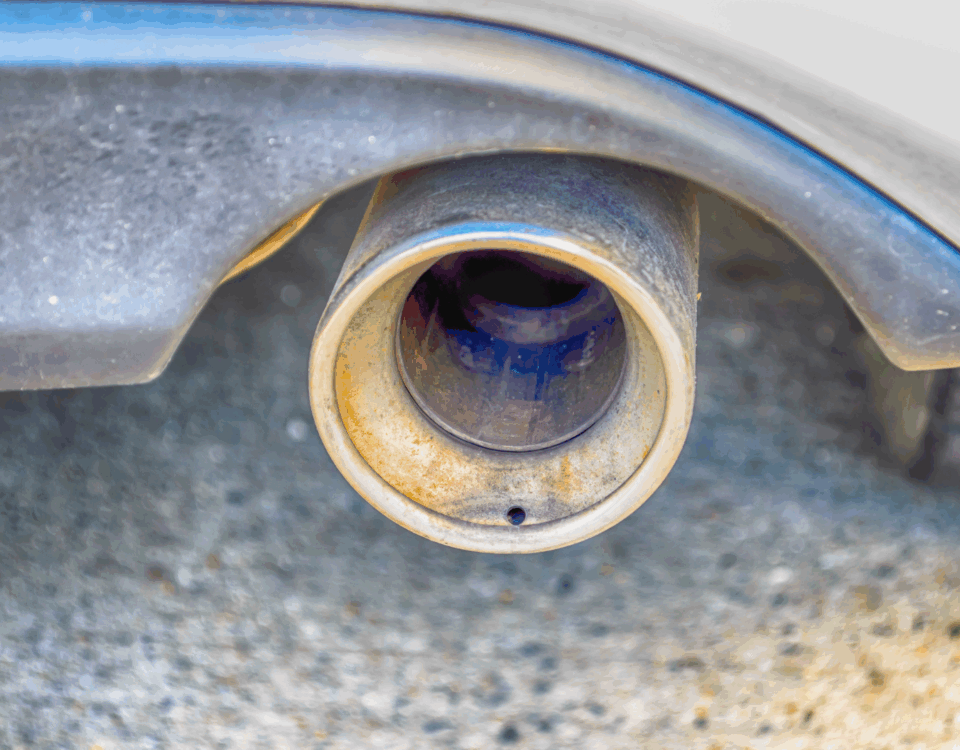Smog Inspection Stations vs. Emissions Test Centers: What’s the Difference?
November 2, 2024The Process Behind Smog Tests: How They Work
November 4, 2024Smog test play a critical role in ensuring our vehicles meet environmental standards, helping to maintain clean air and reduce harmful emissions. For those unfamiliar, the process of a smog test can seem complex and technical. Here, we’ll break down the process of a smog test, explore its significance, and explain what happens when a vehicle undergoes one. This guide provides a detailed look into smog tests to give you a clearer understanding of this essential procedure.
What is a Smog Test?
A smog test is an inspection required by many state and local regulations to measure a vehicle’s emissions. This test is designed to check if the emissions levels from a vehicle’s exhaust meet the acceptable limits set by environmental agencies. Smog tests help to identify vehicles that emit excessive pollutants, including carbon monoxide, hydrocarbons, and nitrogen oxides, all of which can contribute to air pollution and harm the environment.
During a smog test, inspectors use specialized equipment to measure the pollutants in a vehicle’s exhaust. These measurements are then compared to the regulatory standards for that specific make and model. If the levels are below the allowed limits, the vehicle passes; if they are above, it fails, and repairs may be necessary to bring the emissions within the acceptable range. Many states require regular smog tests, typically every two years, to ensure that vehicles on the road comply with air quality standards.
The Step-by-Step Process of a Smog Test
The smog test process consists of several critical steps that inspectors follow to accurately assess the emissions of a vehicle. Here’s a closer look at what goes on behind the scenes:
- Vehicle Identification and Preparation: Before starting the test, the technician will verify the vehicle’s make, model, and year to determine the specific emission standards it should meet. The technician will then ensure the engine is at its optimal operating temperature, as this affects emission levels. A cold engine can produce higher emissions, so warm-up is essential.
- Emissions Analyzer Hookup: The next step involves connecting an emissions analyzer to the vehicle’s exhaust. This analyzer measures the pollutants in the exhaust gases as the engine runs. The device detects carbon monoxide, hydrocarbons, and nitrogen oxides. In some newer vehicles, onboard diagnostic (OBD) systems are used, which are linked to the analyzer to report emissions information directly.
- Idle and Load Tests: Depending on the requirements, the vehicle may go through an idle test or a load test. In an idle test, the vehicle is tested while stationary, with the engine idling at specific speeds. In a load test, the car is placed on a dynamometer to simulate driving conditions, providing a more accurate assessment of emissions under regular driving conditions. This helps to mimic real-world scenarios where emissions may vary based on driving speed and load.
- Evaluation of Emission Levels: The emissions analyzer records the level of pollutants, which is then compared to the acceptable limits for the vehicle’s make and model. If the emissions fall within the acceptable range, the vehicle passes the smog test. However, if the levels exceed the limits, the vehicle fails, and corrective repairs are necessary. This evaluation phase is crucial, as it determines whether the vehicle complies with environmental regulations.
- Completion of Test and Issuance of Certificate: Once the emissions data is gathered, the test is complete. If the vehicle passes, the owner receives a certificate or report indicating compliance with emissions standards. This certificate is often required for vehicle registration renewal. If the vehicle fails, the report will detail the failed components, which can guide repairs to bring emissions within acceptable levels.
Why Smog Tests Are Important for Environmental Health
Smog tests serve as a significant tool in the effort to combat air pollution. By identifying high-emission vehicles and requiring repairs, smog tests help to reduce the amount of harmful pollutants released into the atmosphere. Vehicles that pass a smog test contribute to cleaner air, which can have positive impacts on public health and the environment.
Failing a smog test is not merely a minor inconvenience; it highlights a real issue with the vehicle’s emission control system. High levels of emissions can contribute to smog formation, which is associated with respiratory problems, cardiovascular diseases, and environmental issues like acid rain. By keeping vehicles in line with emission standards, smog tests help mitigate these harmful effects and promote a healthier environment for everyone.
What to Do if Your Vehicle Fails a Smog Test
If your vehicle fails a smog test, it’s essential to understand the next steps to bring it back into compliance. A failed smog test usually points to an issue with the engine or emission control components. Common causes for failure include worn-out oxygen sensors, faulty catalytic converters, or issues with the exhaust gas recirculation (EGR) system.
- Diagnostic and Repair: After a failed test, a mechanic can diagnose the specific problem affecting the emissions system. Mechanics often use OBD scan tools to identify the fault code associated with the emissions issue. This diagnostic process allows for targeted repairs, addressing the problem directly rather than taking a trial-and-error approach.
- Retesting Requirements: Once the necessary repairs are made, the vehicle must undergo a retest to verify that the emission levels are within acceptable limits. Some areas provide a grace period for repairs and retesting, which can help reduce inconvenience and costs for vehicle owners.
- Financial Assistance Programs: In some regions, financial assistance programs are available for vehicle owners who need help covering the cost of repairs to pass a smog test. These programs, typically managed by local or state environmental agencies, aim to support lower-income vehicle owners in meeting emissions standards, promoting broader participation in pollution reduction efforts.
Smog test are more than just regulatory hoops; they serve as a vital part of the environmental framework designed to protect our air and health. Understanding how a smog test works can help vehicle owners appreciate its importance and maintain their cars in a way that aligns with eco-friendly practices. Whether you pass the test with ease or need repairs to meet the standards, smog tests contribute to a cleaner, healthier environment for all.





